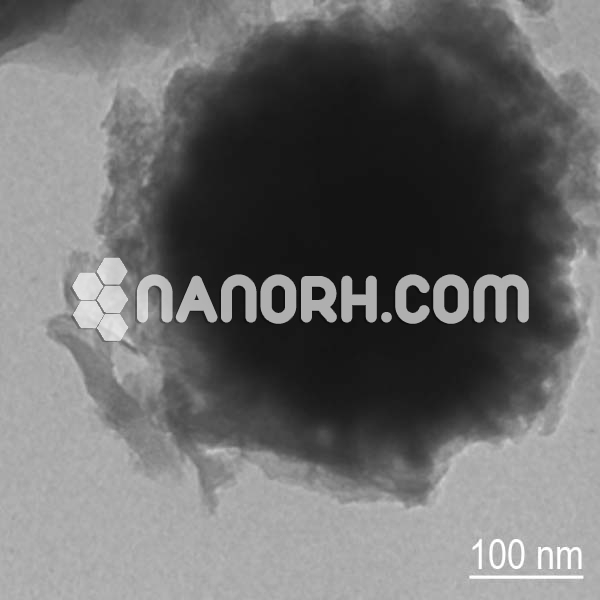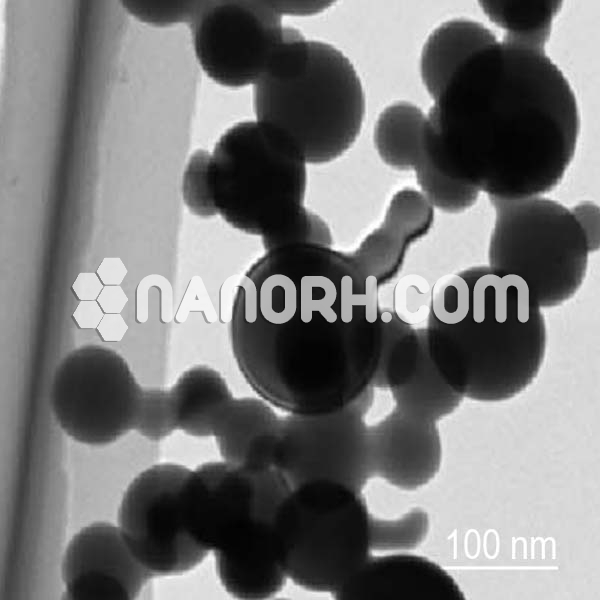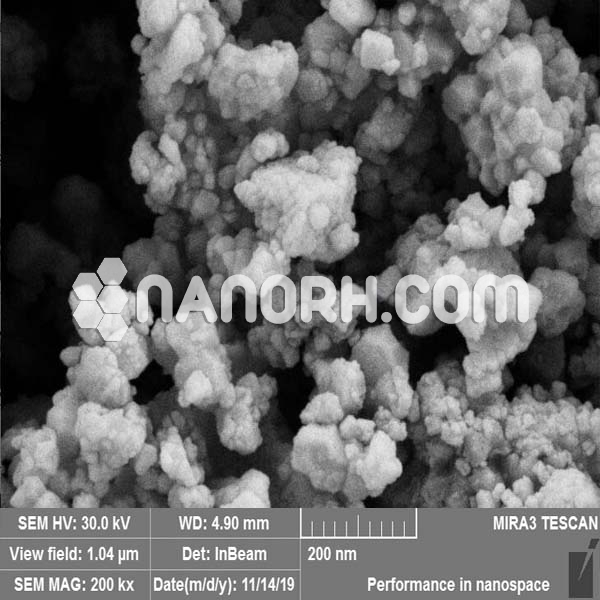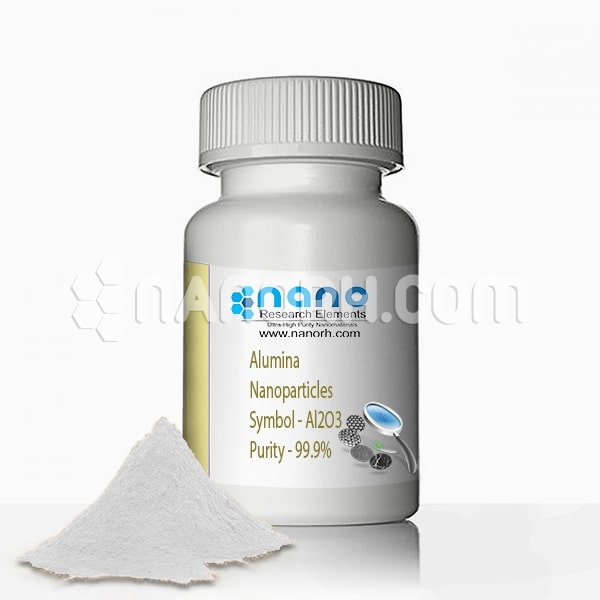| Nano Iron Powder | |
| Product No | NRE-1021 |
| CAS No. | 7439-89-6 |
| Formula | Fe |
| APS | <100nm (Can be Customized) |
| Purity | 99.9% |
| Color | Black |
| Molecular Weight | 55.845 g/mol |
| Density | 7.874 g/cm³ |
| Melting Point | 1538 °C |
| Boiling Point | 2862 °C |
Nano Iron Powder Applications
Nano Iron Powder, also known as iron nanomaterials, has gained significant attention in various fields due to its unique properties and wide range of potential applications. These nanoparticles are typically made of iron or iron-based compounds and have dimensions in the nanoscale range (typically less than 100 nanometers). Here are some notable applications of iron nanoparticles:
Environmental Remediation:
Water Treatment: Iron nanoparticles can be used to remove contaminants from water, such as heavy metals (e.g., arsenic, lead, and chromium) and organic pollutants. They can act as highly efficient adsorbents or catalysts in various water treatment processes.
Biomedical Applications:
Drug Delivery: Iron nanoparticles can serve as carriers for drug delivery, allowing for targeted and controlled release of therapeutic agents. Their small size and magnetic properties make them suitable for this purpose.
Magnetic Resonance Imaging (MRI): Iron oxide nanoparticles are commonly used as contrast agents in MRI scans. They can enhance the visibility of specific tissues and improve diagnostic accuracy.
Cancer Therapy: Iron nanoparticles can be used in cancer treatment through hyperthermia therapy, where they are heated using external magnetic fields to selectively destroy cancer cells.
Nanomaterial Synthesis:
Catalysis: Iron nanoparticles are used as catalysts in various chemical reactions, including the synthesis of carbon nanotubes, nanowires, and other nanomaterials. Their catalytic activity can be tuned by controlling their size and surface properties.
Nanocomposite Materials: Iron nanoparticles can be incorporated into composite materials to enhance their mechanical, electrical, and magnetic properties. These composites find applications in electronics, aerospace, and automotive industries.
Environmental Sensing:
Environmental Monitoring: Iron nanoparticles can be functionalized with specific receptors to detect and quantify environmental pollutants, pathogens, and toxins. This makes them valuable in environmental monitoring and biosensing.
Wastewater Treatment:
Industrial Wastewater Treatment: Iron nanoparticles can be used in the treatment of industrial wastewater, particularly in the removal of dyes and heavy metals from effluents.
Energy Storage and Conversion:
Batteries and Supercapacitors: Iron-based nanoparticles have been studied for their potential use in batteries and supercapacitors, where they can contribute to improved energy storage and conversion performance.
Soil Remediation:
Soil Cleanup: Iron nanoparticles can help remediate contaminated soil by facilitating the degradation of organic contaminants and immobilizing heavy metals.
Textiles and Coatings:
Textile Industry: Iron nanoparticles can be used in textiles to impart antimicrobial and self-cleaning properties, enhancing the durability and functionality of textiles.
Food and Agriculture:
Food Packaging: Iron nanoparticles can be incorporated into food packaging materials to improve barrier properties and extend the shelf life of perishable products.
Electronics and Magnetic Devices:
Iron nanoparticles find applications in magnetic storage media, sensors, and other electronic devices due to their magnetic properties.




